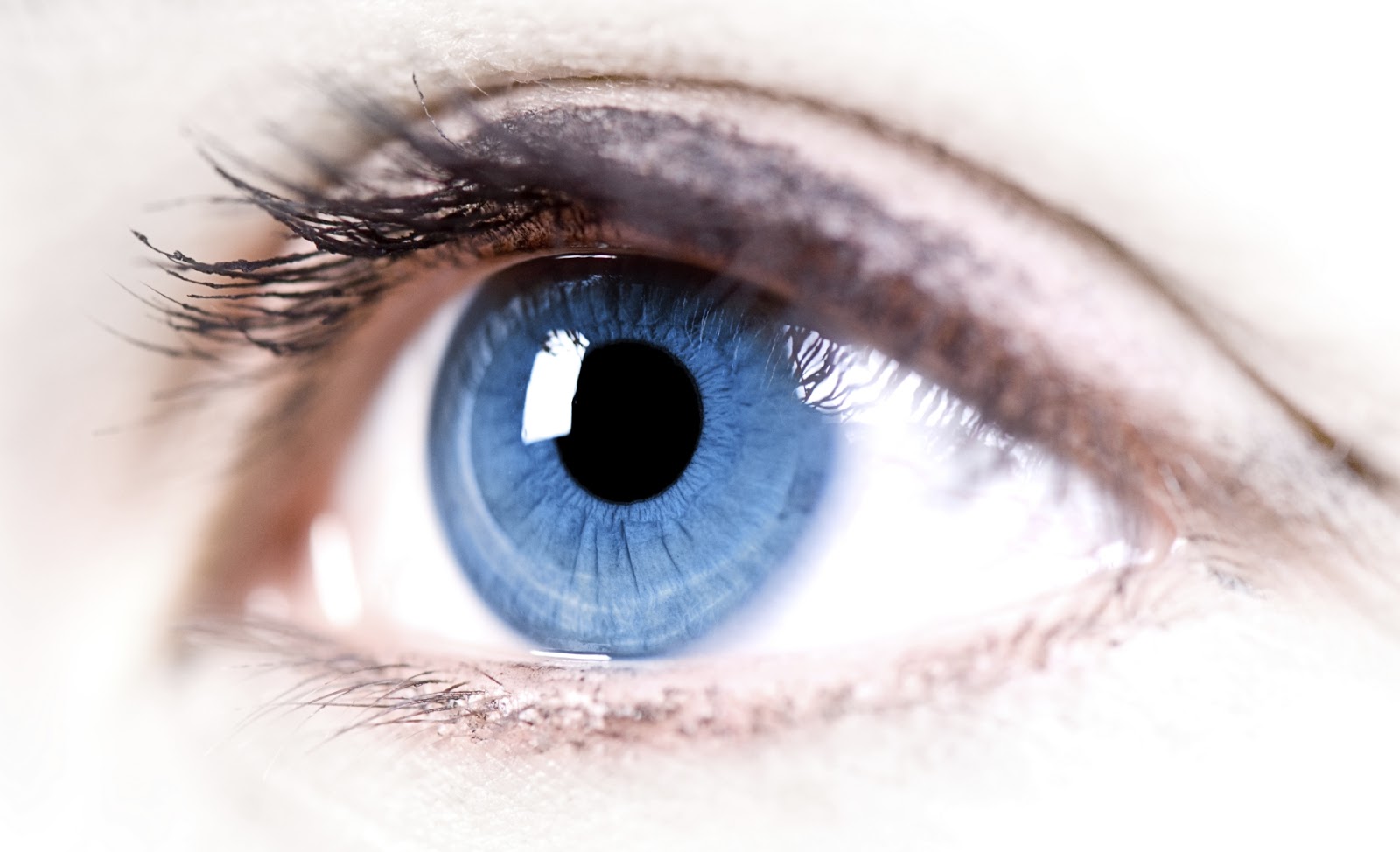Measuring Pupil Size: Innovations And Advancements
The way of measuring pupil size to detect neurological problems with an advanced NPi-pupillometer is one of the revolutionizing medical improvements that can save lives. This device not only makes the detection of neurological problems quick, but also accurate. Accuracy is the key to saving life with proper treatment.
NPi-pupillometers in modern times do not only measure pupil size but also provide the details to help understand the reasons for pupil dilation and contraction. Any uncanny measurements in pupillary evaluation that may appear to be alarming can be easily detected with detailed metrics, which would help professionals understand the reason behind the response.
Pupillometers Can Find Diabetic Autonomic Dysfunctions
Autonomic dysfunctions can also affect pupil sizes, for which an imbalance between parasympathetic and sympathetic nerves may cause an inability to respond quickly to a dark stimulus. This commonly occurs among patients with diabetes mellitus.
Why use Pupillometer
A pupillometer is a handheld device that provides measurement standardization and accuracy of ~0.1mm in the measured diameter of pupils. The evaluation can help measure pupil size for ophthalmologic tests even without the support of professional doctors. The trained healthcare professionals can check the eye conditions through pupillometers and share the information for treatment. The same can be done when it comes to the pupil evaluation for patients with acute problems like TBI, brain hemorrhage, and heart attack.
Advancement that Saves Life
Pupil sizes are influenced by parasympathetic and sympathetic pathways. A pupillometer is an innovative machine that can enhance the results of pupillary assessment. It is a proper critical care machine for detecting any early changes in pupillary metrics.
How to Measure Pupil Diameters to Detect Health Concerns
The pupil diameter measurements are usually measured by differentiating two distinct affective states – stressed and relaxed. When pupil dilation seems to be relaxed at a stage when it should be stressed, it indicates a problem. This is what pupillometers detect by pupillary evaluation.
Pupil diameter measurement with advanced pupillometry devices can now help detect several concerning factors, which require round-the-clock monitoring. The issues related to ischemic heart ailments, brain damage, neurological damage, as well as damage due to drug abuse and bouts of seizures may also be detected by modern pupillary evaluation metrics. In other words, the innovation of pupillometry devices and their advanced evaluation metrics have effectively changed the way of treatment in recent years.


Leave a Reply
You must be logged in to post a comment.